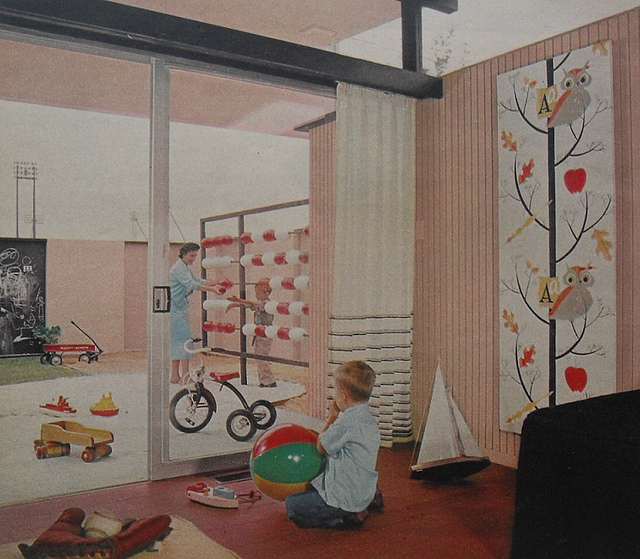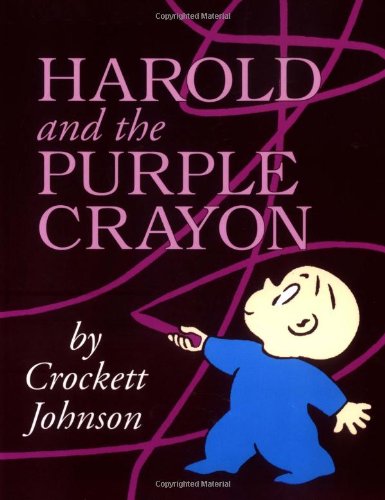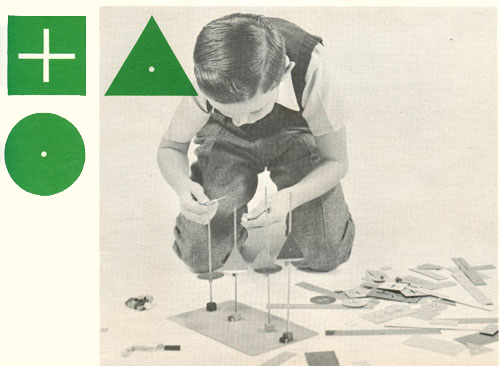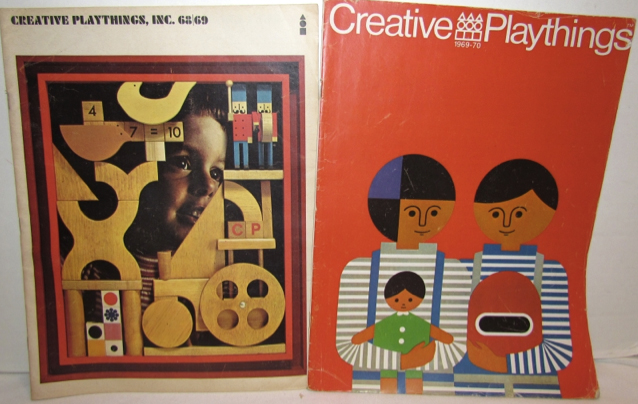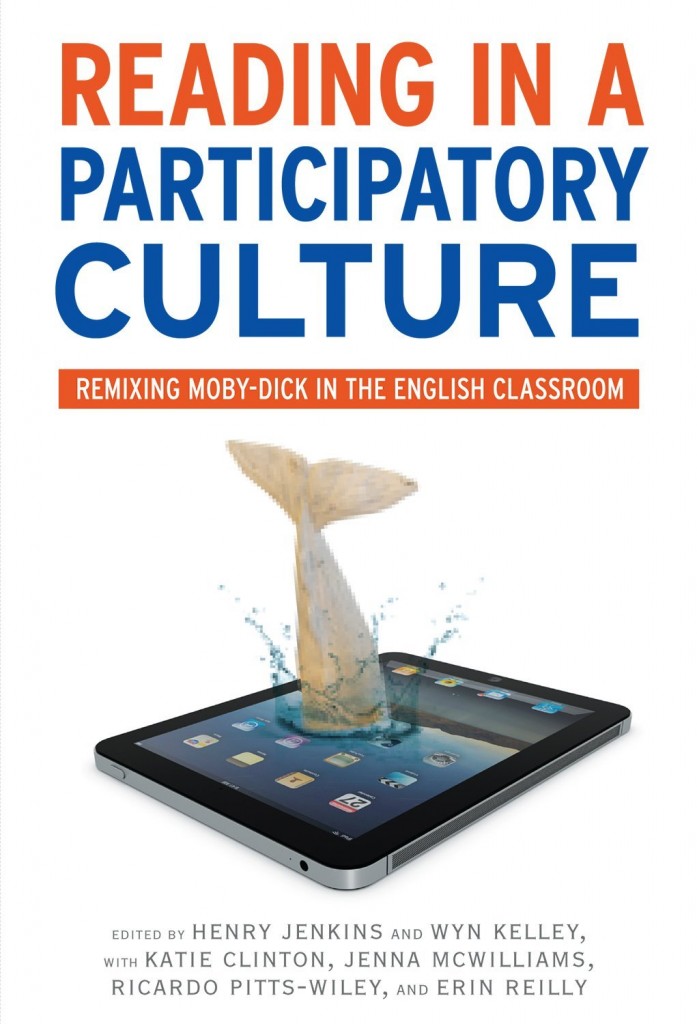A bit more than a decade ago, I met Howard Gardner for the first time. I had been aware of his work for much longer. My graduate mentor, David Bordwell, had assigned us his book, The Mind’s New Science when I was in graduate school, and the book had such an impact upon me that I had sought out his other works. When our paths crossed in the real world, I was a first intimidated, but also fascinated to find myself part of a conversation with him about the ways digital media was impacting how we thought and lived at the cusp of the 21st century.
Gardner is of Harvard; I was then of MIT, and that sums up about as well as I can imagine the intellectual and philosophical differences through which we saw the world. What separates Harvard and MIT for me has always been more than two subway stops on the Red Line. I went to Harvard Square to buy my comics but I usually stopped short of entering its gates. It was a different world -- "the other place" -- and you either understood that or it was impossible to explain.
Yet, for all of his enormous accomplishments and intellectual rigor, Gardner is also an incredibly modest and generous man, someone I love to bounce ideas against, someone with whom I frequently but always productively disagree, someone who is connected in his personal biography to some of the great thinkers who passed through Harvard in the second part of the 20th century, and someone who has the vision to think through what it means to continue that great humanistic tradition into the 21st century. Over the past years, I have had many chances to collaborate with Gardner – first as a contributor to a book he was editing (and a conference he was hosting) with Marcelo Saurez-Orozco, Globalization: Culture and Education in the New Millenium, then as collaborators (along with our entire teams) on the development of OurSpace:Being a Responsible Citizen of the Digital World, a curricular guide designed to help foster serious reflections on ethics in the age of participatory culture, and most recently, as fellow members of the MacArthur Foundation’s Youth and Participatory Politics Network.
I have always resisted trying to put a label on the various points around which we disagree. We wrote about it some in the introduction to OurSpace. But both of our thinking is too complex and layered to be easily described and to much at risk of being caricatured by those who only partially understand where we are each coming from. You will get some suggestions of points of convergence and divergence from the interview which follows, but you will also get a sense of the challenge we each have in putting the other in a bottle, since we are both prone to actively think and rethink our core assumptions on a regular basis, and open to being persuaded by new developments. What I hope you also will see is the tremendous respect and affection we have for each other.
Along the way, I have come to know many of the younger members of Gardner’s research team, including Carrie James and Katie Davis. I knew them as part of the “Good Play” and “Good Participation” projects, funded by the MacArthur Foundation’s Digital Media and Learning Initiative. They were part of the team that worked alongside my research staff and graduate students at MIT as we developed the OurSpace project, an effort led on the MIT side by Erin Reilly. I’ve watched James and Davis emerge as serious thinkers about youth, digital media, and learning in their own right, each carving out an identity for themselves as researchers, and each producing and publishing significant scholarly works.
Over the next week and a half, I want to showcase some recent works to emerge from this remarkable research team, two books, both relatively new, each speaking to key themes of the Digital Media and Learning movement: first, Howard Gardner and Katie Davis’s The App Generation: How Today’s Youth Navigate Identity, Intimacy, and Imagination in a Digital World, which was released this month in a revised paperback edition, and second, Carrie James’s Disconnected: Youth, New Media, and The Ethics Gap, which came out only a few weeks ago. Gardner, Davis, and James have offered up thoughtful and substantive responses to my sometimes challenging questions, in the process offering us insights into the thinking behind these two books. The books are, as Gardner noted to me in a recent email, very different projects, and yet, each in their own ways shows the legacy of a particular way of thinking through problems I associated with Project Zero.
The App Generation starts with a deceptively simple consideration: the ways that apps may be pre-determining what we do with computers and mobile devices. But, the focus on apps on the most literal level turns out to be a point of entry for what is a deeper mediation on the current state of education, curiosity, and creativity, in a world where such digital devices are taken for granted and often provide the most compelling models for how our minds work and how we relate to other people around us. Like a good conversation with Gardner and his team, the book shifts layers, sometimes expressing concerns or worries about the state of our world, yet never giving up hope; sometimes asking very pragmatic questions while at other times digging deep into their philosophical implications; all the while writing in simple, straightforward prose that can communicate effectively with a concerned parent, a dedicated teacher, a perplexed policy maker, or an overloaded undergraduate….
WE START OFF BY THANKING YOU, HENRY, FOR POSING THESE THOUGHTFUL QUESTIONS. WE’VE LEARNED FROM PONDERING THEM AND BELIEVE THAT OTHERS WILL ALSO PROFIT FROM THE EXCHANGE HERE.
You end the book with a provocative sentence, “For ourselves, and for those who come after us as well, we desire a world where all human beings have a chance to create their own answers, indeed, to raise their own questions, and to approach them in ways that are their own.” How do apps fit -- for better and for worse -- into the world you desire?
We are enthusiastic supporters of a liberal arts education, but we recognize that it is currently under severe pressures in the US for various reasons, including growing costs and competition from online education services. Analogous to our arguments in other parts of our book, we see technologies as having both the potential to be a handmaiden of liberal arts education (as in a well run flipped classroom) and as an obstacle (e.g. students sit in class and pay only partial attention to the instructor and their classmates as they update their Facebook status, browse pictures on Instagram, and scroll through their Twitter feed).
Turning specifically to apps, they can certainly help students do research efficiently, collaborate with fellow students, and frame cogent answers to certain kinds of questions. But, consistent with our discussion of ‘the app mentality,’ apps may also convey the misleading impression that everything has a quick, definite answer and therefore nudge students to avoid issues that are complex and apparently not susceptible to app treatment.
We can also make apps themselves the focus of education. Apps are part of a broader technology landscape that requires a new set of literacies and skills, including computational thinking. An education in our time should help students understand how apps work, what they can and cannot do, how they may nudge you in certain directions and not others, and how to make your own apps or tweak those designed by others.
A striking feature of this book is the ways you draw on the life experiences of Howard and Katie, the two authors, and Katie’s sister, Molly, who each came of age during different moments of media evolution. What role do you see such autobiographical reflections playing in relation to the other kinds of research deployed in the book, whether focused interviews from your field work or larger statistical data sets?
As social scientists, we are well aware that anecdotes, no matter how powerful, are no substitute for, and do not add up to data. Most of our book is quite data driven, we have a methodological appendix in which we outline our methods, and we have also published several related papers in peer-reviewed journals or posted them on appropriate websites (e.g. here , here , here).
Except for scholarly monographs, books by scholars are meant to convey ideas and findings to a broader public. We hoped that, in addition to scholars of youth and/or digital media, our book would speak to educators, parents, and to that elusive category “the general educated public.” For this kind of communication, stories, anecdotes, biographical reflections are often the most effective way to communicate the importance of the questions being raised and the nature of the ideas, frameworks, and explanations at which the authors have arrived.
In the particular case to which you refer, we did not have the idea of a trans-generational conversation until we were close to writing the book. The conversation with Molly, which allowed us to span three generations, elicited many useful points about the ways she and her peers use media; the story about the senior girls ‘marrying’ the freshmen boys on Facebook was an unanticipated bonus, since it offered a comfortable and vivid way of introducing the three Is of Identity, Intimacy, and Imagination.
The conversation with Howard’s grandson Oscar occurred even later, when the book was largely drafted. Again, what Oscar said captured beautifully the strengths and opportunities of digital media, as well as the distinct challenges they pose. And since Oscar represents the future, the conversation provided an opportunity, in the final pages of the book, for us to state—looking ahead-- what we admire, and what causes us serious concern.
There are times in the book where you seem to be using “apps” metaphorically to identify and describe certain dimensions of the current generation’s cultural and social experiences and other places where you seem to be making causal claims, suggesting that the presence of apps have result in certain shifts in social behavior. You also make clear that demonstrating causality here would be difficult if not impossible. So could you say a bit more about what status apps hold in your argument?
We should perhaps have made it clearer when we were talking about apps literally—for example, what it means when a young person has never gotten lost. We should have specified when we were talking about apps metaphorically—what we call an app mentality (expecting everything to be slick, efficient, and branded) or a Super-App (the belief that life can or should consist of ‘one damned—or glorious -- app after another’).
You and we both point out that one can never attribute a certain outcome confidently to the proliferation of apps or, indeed, to the effect of digital technologies more generally. We can’t do the experiment and we can’t eliminate the effects of other factors (e.g. the move toward high stakes, standardized testing in the U.S. and its possible effect on young people’s literary capacities, or the impact that economic uncertainty has on youth’s willingness to take risks in their education and career trajectories).
But an important goal of social science is to create terms, frameworks, and theories that help us to make sense of our time—and, in this particular case, of the minds and behaviors of young people. This is what psychoanalyst Erik Erikson did when he wrote about the identity crisis; it is what sociologists David Riesman, Nathan Glazer, and Reuel Denny did when they were writing about ‘the other-directed generation.” Less grandly, our goal has been to help readers understand what might be distinctive about young people in the early years of the 21st century.
While we do not see ourselves as techno-determinists, we do call attention to the distinct qualities of apps and various other digital media, such as round-the-clock connectivity and the public, searchable nature of networked communication. These qualities do not in themselves cause people to behave in certain ways—the introduction of the first transcontinental railroad did not cause Americans to move Westward in the late nineteenth century, but it did facilitate this trend. When the distinct affordances and constraints of digital media play out in specific social contexts—with their own set of norms, values, and practices—we believe the interaction between technology and society encourages certain forms of behavior, self-expression, and communication at the same time as it discourages others.
At other places, you seem to imply that we are making choices about what role we allow these apps to play in our lives, distinguishing for example between “app-dependent” and “app-enabled” activities. To what degree are these choices under our control? What factors help to determine what choices individuals make in their relationship to these technologies?
This question gets to the essence of our inquiry and our concerns. Howard is a strong believer in “free will,” but he does not believe that people are in any sense born as free agents. It’s the messages in society—personal but also technological—that determine whether we live in a relatively free society (to which the United States and many other countries aspire) or in a totalitarian society where free will is the enemy (the totalitarian societies of the 20th and earlier centuries, and also the dystopias portrayed by Aldous Huxley, George Orwell, Dave Eggers and other well- known literary figures).
The particular habits and practices that emerge in a society shape our relationship to other people, to ideas, to ourselves. In our research, we observed closely young people’s habits and practices around their use of technology and identified two distinct patterns. The app-enabled individual uses technology as a starting point, an introduction to new experiences, modes of expression, and social connection. App-dependent individuals, by contrast, look to their technologies first instead of looking outside to the non-technological world or examining their own thoughts and imaginative powers for a path forward—for these individuals, technology has become in effect a starting point, midpoint, and endpoint. We have the ability to shape our habits around technology and decide its role in our lives. But we must be deliberate about it, or we run the risk of abdicating our agency by outsourcing more and more of ourselves to our devices.
Howard Gardner is Hobbs Professor of Cognition and Education at the Harvard Graduate School of Education. Best known for his theory of multiple intelligences, he has also written about creativity, leadership, and ethics in the professions. A member of the MacArthur Foundation network on "youth and participatory politics"', he has collaborated with Carrie James and Katie Davis on several studies of the effects of digital media on young people today.
Katie Davis is an Assistant Professor at The University of Washington Information School, where she studies the role of digital media technologies in adolescents' academic, social, and moral lives. She also serves as an Advisory Board Member for MTV's digital abuse campaign, A Thin Line. Katie holds two master’s degrees and a doctorate in Human Development and Education from Harvard Graduate School of Education. Prior to joining the faculty at the UW iSchool, Katie worked with Dr. Howard Gardner and colleagues at Harvard Project Zero, where she was a member of the GoodPlay Project and the Developing Minds and Digital Media Project research teams.








